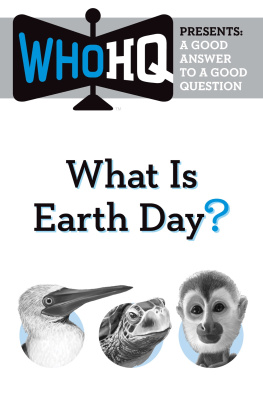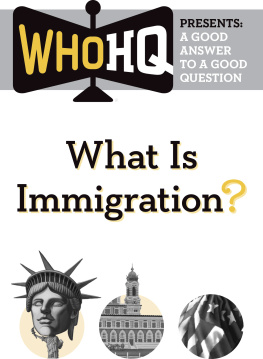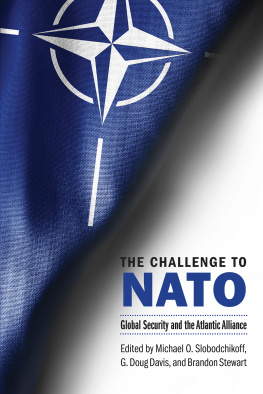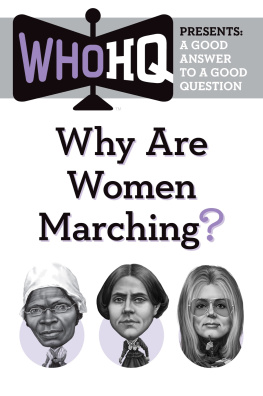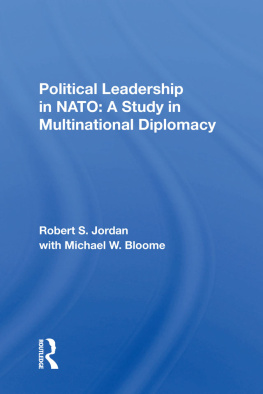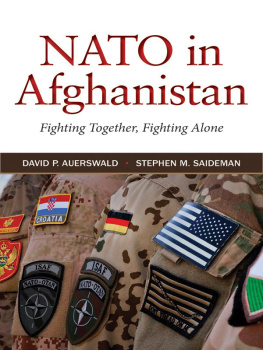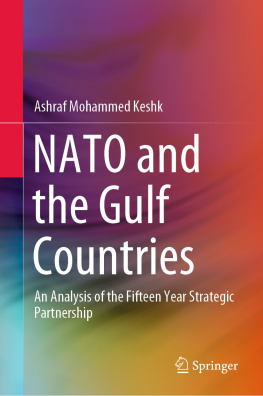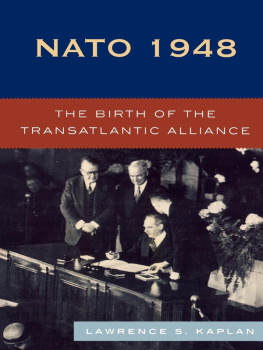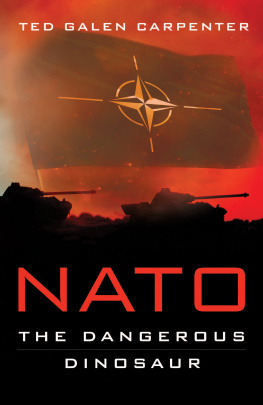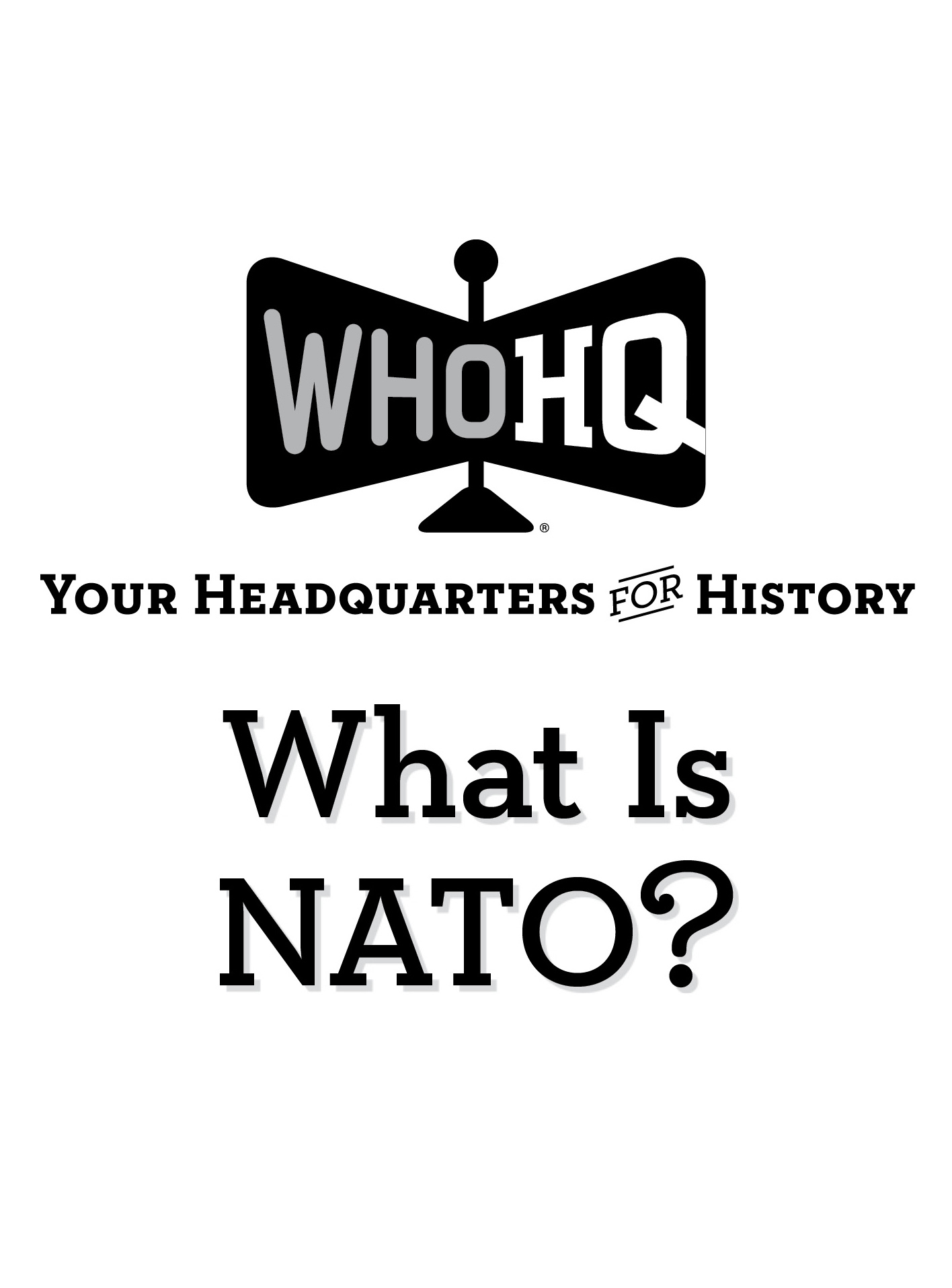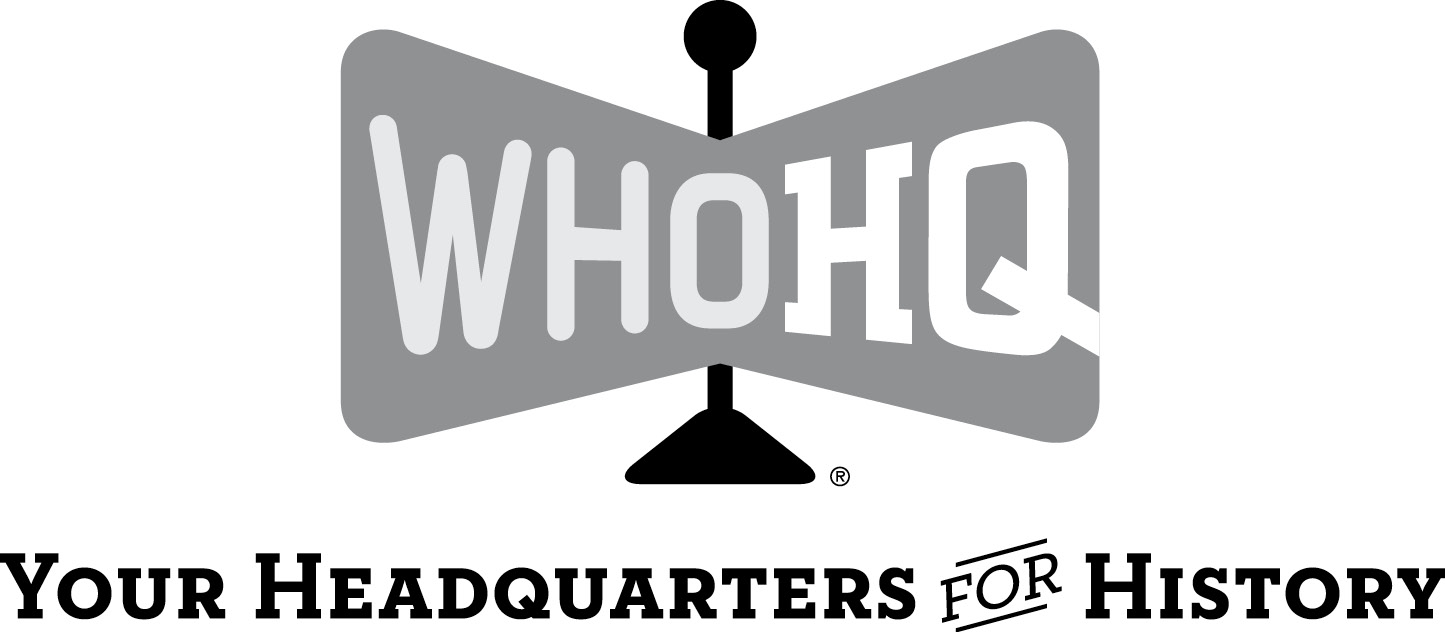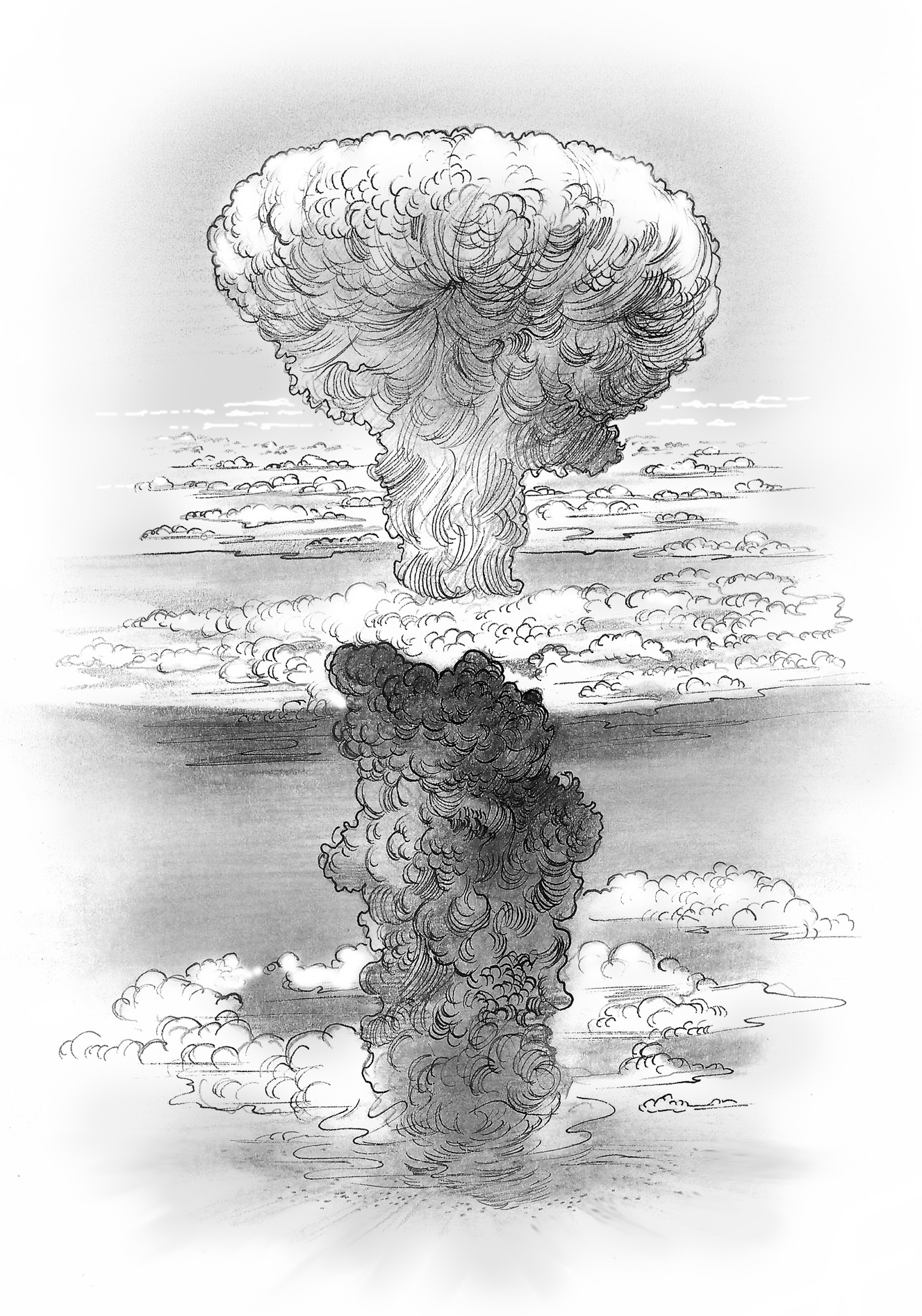PENGUIN WORKSHOP
Penguin Young Readers Group
An Imprint of Penguin Random House LLC

Penguin supports copyright. Copyright fuels creativity, encourages diverse voices, promotes free speech, and creates a vibrant culture. Thank you for buying an authorized edition of this book and for complying with copyright laws by not reproducing, scanning, or distributing any part of it in any form without permission. You are supporting writers and allowing Penguin to continue to publish books for every reader.
Text and cover illustrations copyright 2017 by Penguin Random House LLC. Interior illustrations copyright 2013, 2015, 2016, 2017 by Penguin Random House LLC. Published by Penguin Workshop, an imprint of Penguin Random House LLC, 345 Hudson Street, New York, New York 10014. PENGUIN and PENGUIN WORKSHOP are trademarks of Penguin Books Ltd. WHO HQ & Design is a registered trademark of Penguin Random House LLC.
Ebook ISBN 9781524787875
Version_1
Befuddled by a headline that keeps zipping across the news ticker?
Wondering whats true or false in the latest Twitter war?
Cant remember what hallowed history a holiday celebrates?
What do you want to know?
Sometimes you just need a quick primer or refresher on a certain point in order to really understand what youre reading, watching, or listening to. But research is tricky and takes time. Google something? Sure. But what if you get a bazillion hits? Which do you click and how do you know what site to trust?
Good questions need good answers from a reputable sourceand that would be us, the big-head, big thinkers deep inside WHO HQ. Weve developed these fun, single-focus e-books to answer important questions factually and fast. Well help you get a handle on essential concepts, inventive ideas, interesting people, innovative social and political movements, and breakthrough science, so youre ready to roll.
Start here...
What is NATO?
In 1949, the world was still reeling from the horrors of World War II, including the Holocaust and the United States dropping the atom bomb on Japan. To make matters worse, Russiathen called the Soviet Unionhad taken over eastern Germany and was moving into other European countries. People feared another world war. They also worried that Russias form of government, known as communism, would sweep across Europe and the world. Communism is the idea that all the money in a country should be shared equally. Opposition to a Russian takeover was called the Cold War.
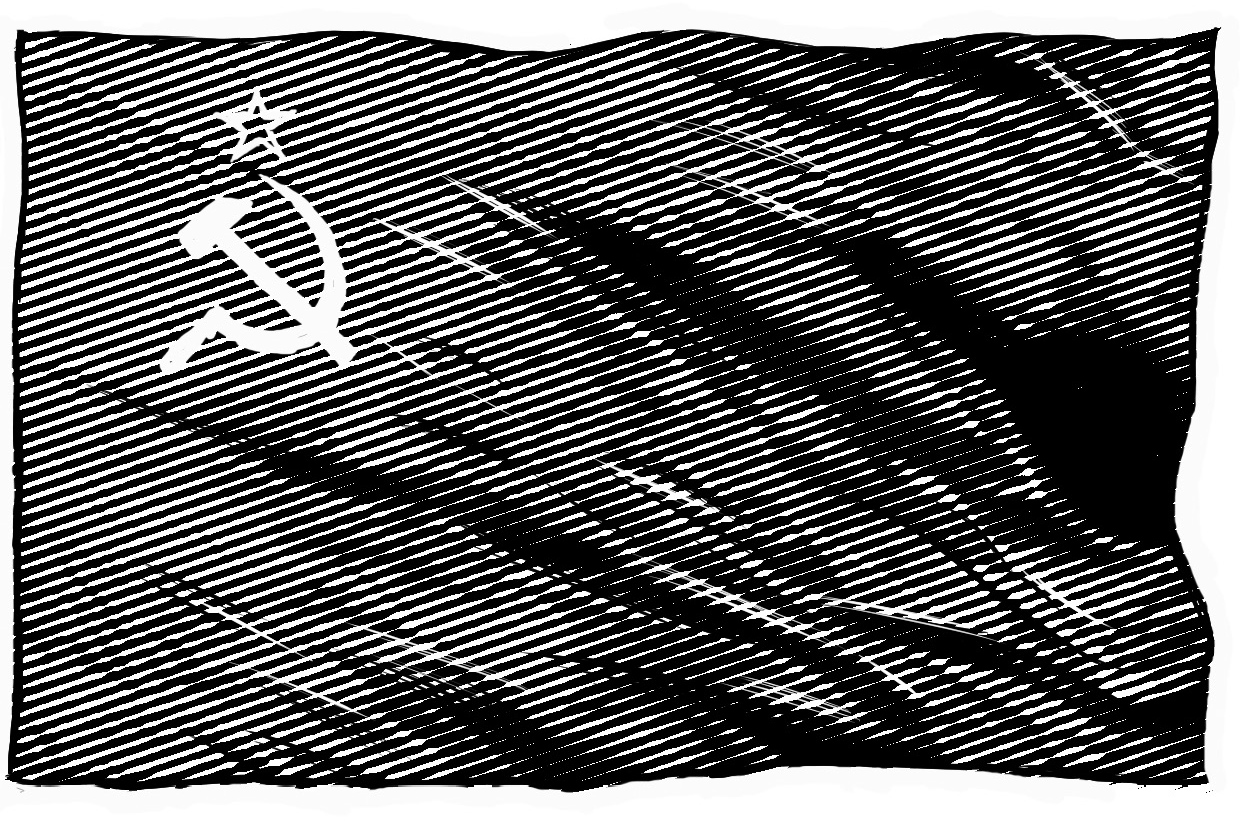
To protect against this threat, United States President Harry S. Truman made an agreement with eleven other world leaders to form a powerful alliance. These countriesBelgium, the Netherlands, Luxembourg, France, the United Kingdom, Canada, Portugal, Italy, Norway, Denmark, and Icelandagreed to protect one another in the event of an attack. This alliance, called the North Atlantic Treaty, was signed on April 4, 1949, and later became what we know today as the North Atlantic Treaty Organization (NATO). NATO is a political and military alliance that has played a major role in many of the most recent and well-known conflicts around the world.
How does NATO help its members?
The phrase an attack against one is an attack against all is the main idea behind NATOs founding treaty and is referred to as the principle of collective defense. When a member country is attacked, the other countries in NATO respond by using many military techniques. However, avoiding a military conflict is always the goal of NATO. This diplomatic strategy is called dtente.
NATO helped reduce tensions during the Cold War by keeping it nonviolent and, most importantly, nonnuclear. Nuclear bombs are some of the deadliest weapons in the world. If used, they cause many deaths and great harm to the environment. Nuclear weapons have only ever been used twice in the history of the world. During World War II, the United States dropped the atom bomb on Japan on two separate occasions because it had attacked the United States at Pearl Harbor. The atom bomb caused so much destruction, many countries vowed to avoid using nuclear weapons ever again.
Some NATO countries have nuclear weapons and some do not. To keep everyone safe, there are many rules about when and how these weapons are shared and stored. Avoiding nuclear war is one of many ways NATO ensures the safety of all members and the world.
Many Moving Parts
Today, NATO has grown from twelve countries to twenty-eight member countries in North America and Europe. NATO headquarters is located in Brussels, Belgium. There are many rules that decide how each countrys armies and weapons are used in a conflict.
The two branches of NATO are:
- The North Atlantic Council is made up of twenty-eight delegates, one from each member country. All delegates meet weekly to discuss important policies and decisions.
- The Military Committee decides how military supplies and abilities will be used.
These two branches make up the whole of NATO and have their own group of leaders, representatives, and councils. It takes a lot of people to keep such a large organization running smoothly!
Who does NATO help?
NATO members always agree to help and protect each other. The official way a member asks for help from NATO is by invokingor requestingwhats called an article, or a special provision in the treaty. If a member needs help but does not want immediate military action, it can invoke Article 4. Article 4 of the NATO treaty results in an all hands on deck meeting among all NATO members. During an Article 4 meeting, members share opinions and ideas for how to maintain peace in a conflict. Some instances in which NATO has invoked Article 4 was during the Iraq War in 2003 and twice during the Syrian Civil War in 2012.
There are many other ways countries can benefit from these protections, even if they are not members. There are three ways a country can become involved with NATO:
- The Membership Action Plan
If a country wants to become a member of NATO, it must first be reviewed by current members. It is important that all countries in NATO have fair laws, a strong military, and similar values. Some countries going through this review process are Bosnia and Herzegovina, Montenegro, and the Republic of Macedonia.
- The Individual Partnership Action Plan
The Individual Partnership Action Plan is currently made up of eight countries. These countries already have deep relationships with NATO members, but have decided instead to remain separate, but friendly, allies. An Individual Partnership Action Plan establishes a plan for NATO members to cooperate with allies on issues ranging from security to internal politics. Each country negotiates how it is involved in NATO activities. The eight countries currently in the Individual Partnership Action Plan are Georgia, Azerbaijan, Armenia, Kazakhstan, Moldova, Bosnia and Herzegovina, Montenegro, and Serbia.


